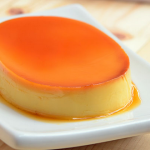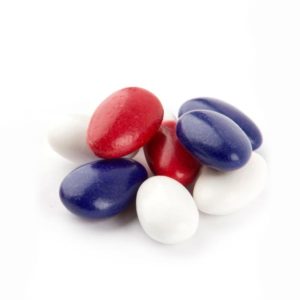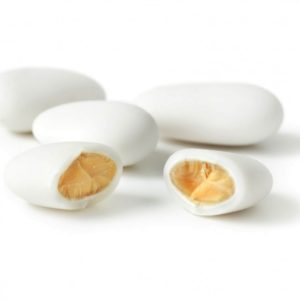Coacervation ability of Acacia Gum
When the liquid or solvent molecules are immobilized and trapped in the macromolecules such as carbohydrate polymers and proteins which form extensive aggregates are known as coacervates. Inside these aggregates liquid molecules are present in wet state and after drying in powder form. Generally, single polymer is used in the formation of coacervates. But commercial coacervates are composed of more than one polymer which enhances their efficiency. Gelatin and acacia gum along with little amount of acetic acid are used for producing coacervate. Acetic acid is added to cause interaction between the oppositely charged polymers. cationic gelatin and anionic acacia gum. Acacia gum is a complex carbohydrate polymer and weak electrolyte and have carboxyl groups. Low viscosity and good emulsifying ability of acacia gum results in adhering of macromolecules. Acacia gum is non-toxic, biodegradable and economical which makes it a good coacervation polymer. It shows compatibility with other gums and starches.






















